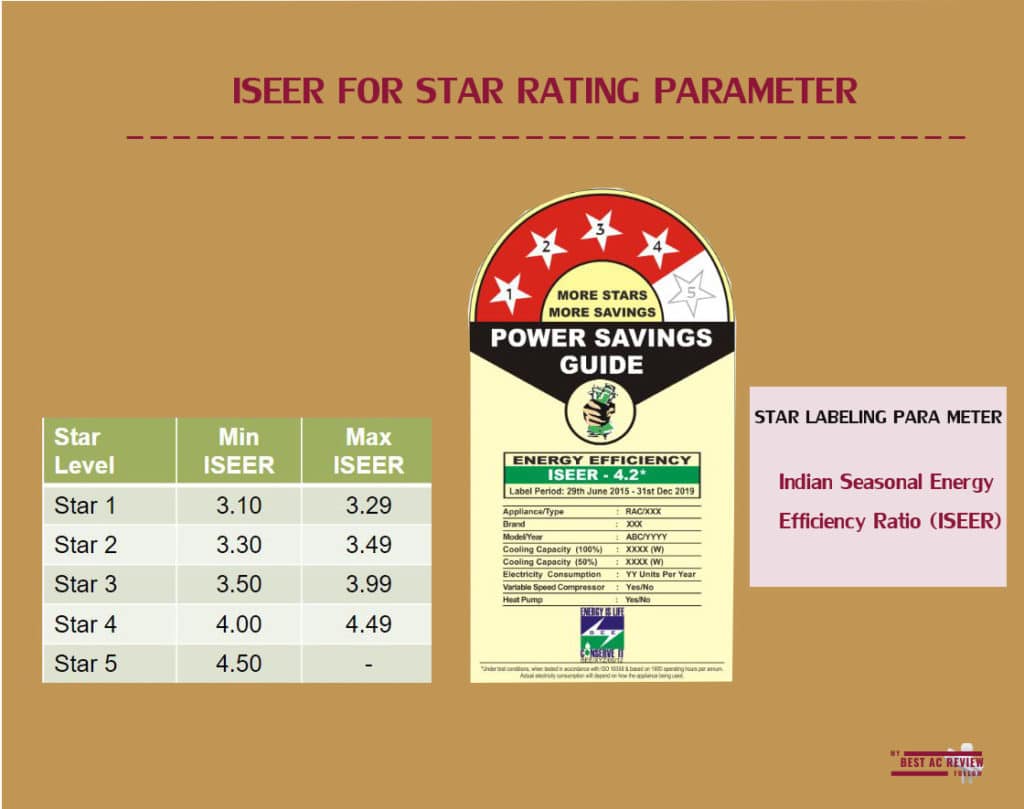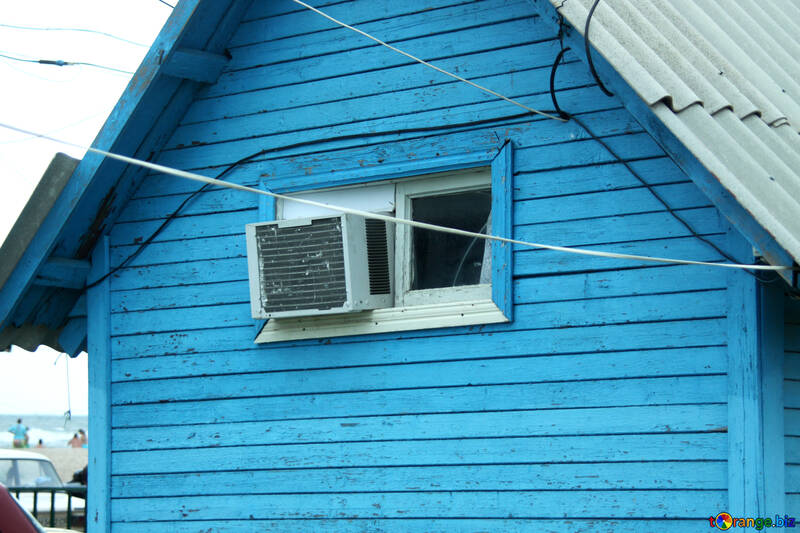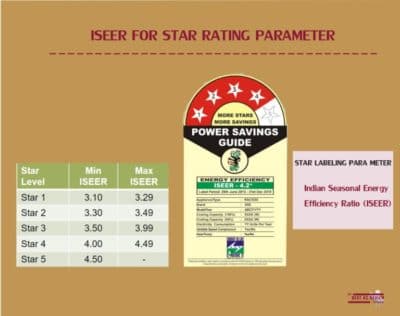EER vs ISEER rating
We discuss EER vs ISEER rating and how its feature will help to increase an AC rating.
ISEER rating means a total load of cooling or the amount of removed or transferred heat to the total amount of energy which is consumed by the air conditioner. We can say, ISEER rating is Cooling seasonal energy consumption (CSEC) or Cooling seasonal total load (CSTL).
What is the ISEER rating? Why is the EER called ISEER?
Contents
Though we have told in the above that the ISEER rating is a unit that can measure the cooling energy. The organization of Energy Efficiency has an appraise system which is called Energy Efficiency Ratio (EER). This is used for domestic home appliances such as AC, refrigerator and some other electrical equipment. Since the temperature across India is much higher and it has extreme changes through the different seasons, so the EER standards and method of calculating performance were not appropriate for India, it was less than the ideal. Air conditioners consume a lot of electric energy, and that gets high electricity bills. Thus, there’s a new seasonal EER rating which is called ISEER rating in India. There is no difference behind the idea of EER and ISEER, the only difference between them is- EER can measure only the cooling energy of an AC but ISEER can measure the seasonal total load and energy consumption together.
[Air conditioners are rated in the unit named BTU (British Thermal Unit) regardless of their tonnage and capacities. This BTU number tells one how fast an air conditioner can cool an area or hall or a room, with a fixed temperature outside, not in a changing climate.]
BEE rating for Air Conditioner
The full form of BEE is the Bureau of Energy Efficiency which has a grading system called Energy Efficiency Ratio (EER). That means the idea of BEE rating for AC and ISEER rating is based on the same idea. This is very easy to think that the BEE rating is also made for home appliances. We can say that BEE rating for AC is also a star rating system that is used in India.

DIFFERENCE BETWEEN EER RATING AND ISEER RATING FOR AIR CONDITIONER:-
We discuss that the basic idea of EER and SEER is quite the same. But a clash always arrives at the time of buying AC, EER Vs ISEER. We can discuss them and will try to make a clarification about EER Vs ISEER.
The ideal method of defining the energy efficiency of air conditioners in any temperature and climate is not EER, but it is ISEER. it can work through any climate.
EER also called COP is used to work upon the formula: Output cooling capacity ÷ Input Wattage. But the basic theory behind ISEER is that the temperature or climate does not remain the same round the year. There is a seasonal variation of temperatures, so variation in the amount of cooling is highly required.
The amount of electricity or energy required by an air conditioner to make a room cool to 25 degrees or any other standard temperature is different when the outside temperature is 30 degrees and when the outside temperature is 40 degrees. EER can’t make a room cool in this changing temperature but ISEER can.
Also, the usage of energy (in hours per day) would change as per the seasons which the ISEER can control but EER can’t.
Every country has a different climate profile so SEER standards have to be different for different countries. Indian Seasonal Energy Efficiency Ratio (ISEER) is the ratio of the total amount of heat of a year that the equipment mode. EER can work in a standard temperature so can’t be suitable for India.
Now we can also discuss EER Vs ISEER through their benefits.
Benefits of ISEER rating
- It gives Lower Utility Bills.
- It has a good impact on the environment. Thus it is eco-friendly.
- One can avail them with rebates and incentives.
- It removes moisture from the content air and provides us better humidity control.
Benefits of EER rating
So we can say that for a temperature changing country like India, we can go for an ISEER rating AC over the debate of EER Vs ISEER. Also, it is notified that the ISEER rating is quite better than the BEE rating for AC.
[There is another important topic named HSPF. It is another measurement unit of the heat, HSPF which stands for Heat Seasonal Performance Factor. This contains both the SEER and the EER rating system. Thus we can say the HCPF is more efficient in any kind of heat pump.]

FAQs:
- What is the basic difference between ISEER RATING and BEE RATING for AC?
Ans: There are no differences to the BEE power savings label and ISEER one. This new label named ISEER has star ratings listed on the top and other details such as annual electricity consumption units, manufacturer unique identification number, product details- everything can be gradually calculated by it at any temperature. And also a BEE can calculate annual energy use, constantly can multiply and can adjust storage volume for a particular temperature.
- What is ISEER value?
Ans: ISEER is Indian Seasonal Energy Efficiency Ratio which is the ratio of total annual amount of resolved heat that the equipment or air conditioner can remove from the indoor air while operating for cooling in active mode. It can measure the total annual amount of energy consumed by the AC during the same period.
- How do you read EER ratings?
ANS: The full form of EER is Energy Efficiency Ratio. The EER rating for an air conditioner can be calculated by dividing the BTU (British Thermal Units) rating by the wattage.
For example, a 24,000-BTU air conditioner that uses 1,200 watts has an EER rating of 20 (24,000/1,200 = 20).
- What EER 11?
ANS: EER 11 is roughly equivalent to 13 SEER if we compare both. The EER rating is usually used to make smaller window air conditioners. SEER rating is the common energy efficiency metric for any kind of typical heating and cooling systems.
- What is EER in HVSE?
Ans: The Energy Efficiency Ratio which is called EER of an HVAC cooling device is actually the ratio of output cooling energy in the system of BTU to input electrical energy in watts at a given particular operating point. EER is commonly calculated with a 95 °F outside temperature and the inside temperature of the returned air becomes 80 °F and 50% humidity can be deducted by it.

